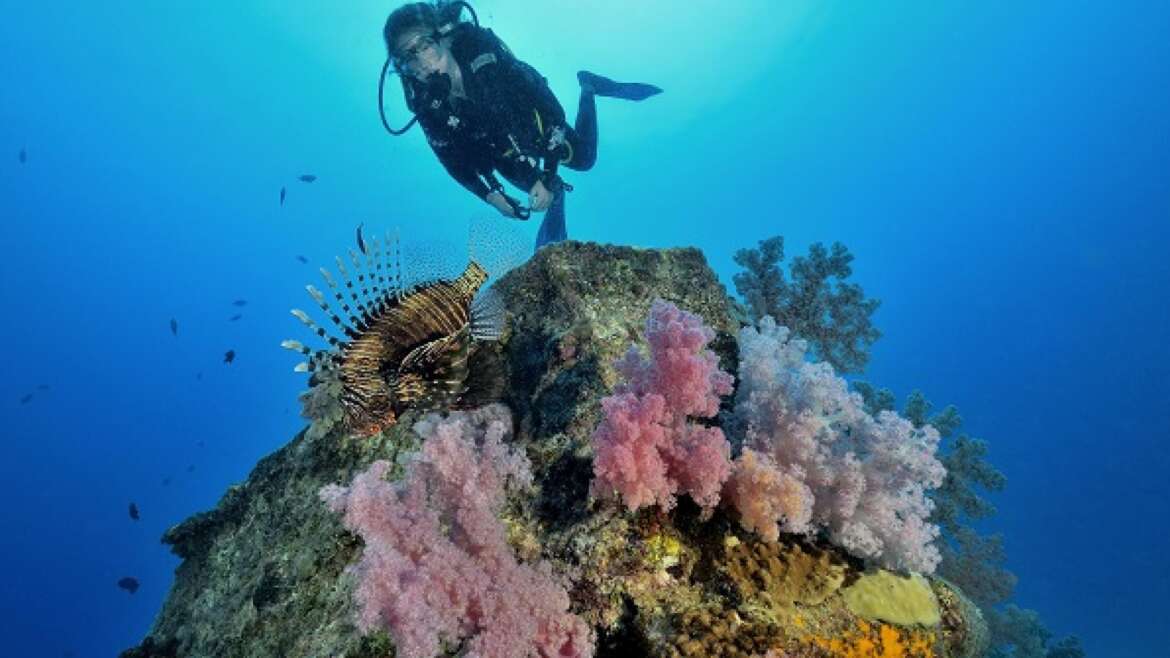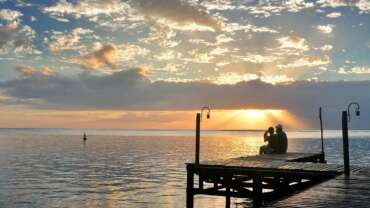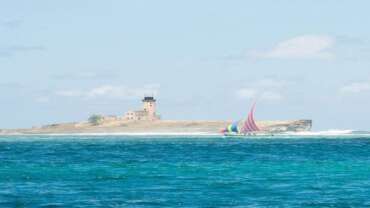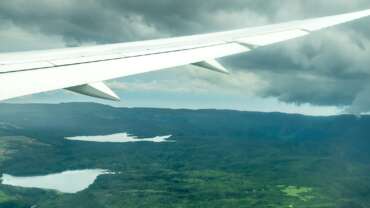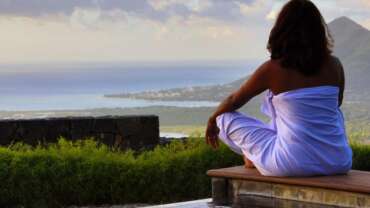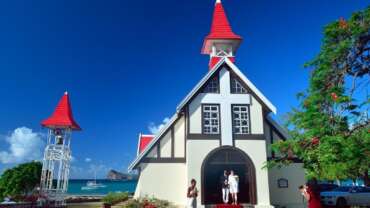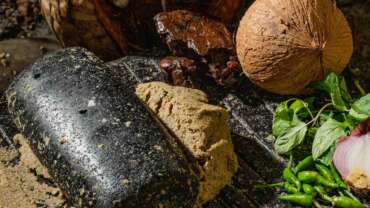Scuba Diving in Mauritius
Mauritius Diving
Diving in Mauritius is spectacular, conservationist, comfortable and safe. With its calm lagoons and close inshore reefs, it is also a great place to learn to dive. Families bond here over a diving holiday. Photographers love the exquisite reefs with varied coral and rare macro life. Adventure divers get a buzz out of the deep wreck dives, the shark dives, turtles and dolphin and occasional whale encounters and drift diving in strong currents. And who would not want to enjoy a diving honeymoon on the world’s most romantic tropical island? With 22 to 29-degree water, our corals are healthy, our reefs are varied and our diving exceptional. With viz from 20 to 80 metres, the sand is white, the sea is turquoise blue, the corals stunning and this tropical paradise offers the diver affordable luxury paired with hugely varied diving in a single location.
Topography
Mauritius diving is spectacular because it is part of the undersea Mascarenes plateau, surrounded by 2.3 million square kilometers’ of Indian Ocean, yet protected by a barrier reef. All diving is by boat. Typically, boats are moored and accessed directly off the beach or from a jetty. All diving boats in Mauritius are regularly inspected by the Mauritian Mauritius Scuba Divers Association (MSDA) and carry licenses on board. There is no shore entry diving in Mauritius because of the protective lagoons .
Divers Favourites
With its safe lagoons stretching up to the barrier reef, its passes, drop-offs and wrecks, the island provides a wide variety of dives for both beginners and those with more experience.
Don’t miss the Cathedral – one of the most popular dives in Mauritius. Located off Flic- en- Flac on the west coast of the island the beauty of the surroundings is incredible. Other popular spots include Gunner’s Coin, where you can see large parrotfish at each dive; Whale Rock (26 to 38 meters deep) where the lucky ones can come face to face with a hammerhead shark; and Holt’s Rocks (16 to 25 meters deep) whose name suggests the formation of huge rocks under the sea. For the Beginner, head to the Blue Bay Marine Park in the South East – ideal for those just starting out.
What is unique to diving in Mauritius is the proximity to shore. Although most of the more challenging dive sites are found outside of the barrier reef, they are still invariably reached with just a 20-minute boat ride.
Preservation as a Priority
Mauritian and Rodriguan dive centres place a lot of emphasis on the preservation of the Indian Ocean’s fragile, sub-aquatic landscape. You won’t find yourself clamouring for space at a crowded dive site here. Nor will you see boats being anchored – thus potentially breaking up a precious section of coral. Mooring buoys are used instead, in line with Mauritius Scuba Diving Association (MSDA) guidelines.
The North – Point aux Piment to Calodyne and Pourdre D’Or, 65 plus dive sites
Northern Mauritius is protected from weather, there are no rivers, so visibility is excellent year- round. Reefs range from 8 to 40 metres. You can enjoy two and three tank Island Safaris, Shark diving, plenty of wreck dives from 16 to 40 metres, deep drop offs into the blue where the bottom is visible at 120 metres, turtle encounters, massive shoals, beautiful and varied corals and rare macro life sightings. We have found weedy scorpion fish, ghost pipe fishes, unidentified varieties of shrimp and lobsters. It is a macro photographer’s dream. Coin de Mire (Gunners Island), Round Island, Flat Island and Ile Gabriel are all accessed from the North .
The West – Albion to Le Morne 45 listed dive sites
Strong currents funnel through the volcanic basaltic rock formations with canyons, caves, and chimneys on the West. Reefs are deeper from 15 to 46 metres here with huge shoals of rays, occasional sharks, and dolphins are typically spotted here. There is adventure diving through deep passes and riding strong currents, wreck dives, shallow reef dives and macro life is plentiful here. Visibility drops during the summer rains, but there is an increase in hunting fish species. Coral growth is less because of the basalt rock. Wrecks are deep, but they have a lot of shoals and corals. Le Benitier Island is accessible from the West of the island.
The East Coast Poudre d’Or to Blue Bay 60 listed dive sites
Just off the east coast, the beautiful lagoon that runs along the coast is scattered with numerous passes through the reef, providing easy access to the deep sea. The corals are robust and spectacular, and the deep gullies are filled with a variety of marine life.These areas are rich in plankton and attract a wide variety of pelagic species. There is a rich concentration of fish and invertebrate life as a result. Some exciting drift dives can be hard had here, with strong currents bringing rays and shoals of hunting fish. In the South East, Blue Bay Marine Park offers snorkeling tours and diving in a sheltered environment .
Diver Safety
Unique in the world, Mauritius has a united body of dive centres, monitored and controlled by the Mauritian Scuba Divers Association (MSDA). All Mauritius instructors and dive masters are licensed and listed with the MSDA.
When you dive in Mauritius, you will be able to join the MSDA as a temporary member, knowing that you are safe in the hands of a registered professional body of divers.
Since 1989, they have trained divers, inspected diving centres, checked dive boats, sunk obsolete or confiscated fishing trawlers to create artificial reefs and wrecks, planted mooring buoys to protect the corals, and made sure that Mauritius spectacular reefs are protected. MSDA furthers the interests of safe, educated, conservationist diving in Mauritius.



